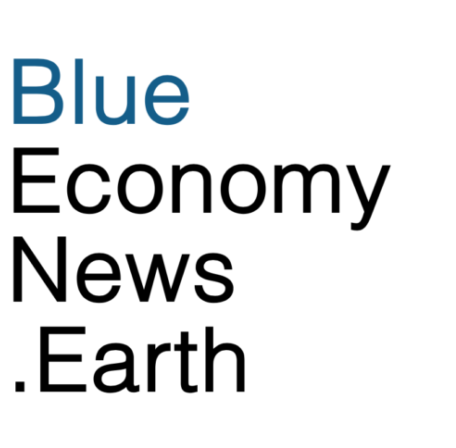Saudi Arabia has designated two new marine protected areas, Blue Holes and Ras Hatiba, expanding the country’s protected marine coverage 6.5% to 16.3%. The approval follows scientific assessments confirming the biodiversity value of both areas and the importance of preserving them to support marine protection, scientific research, and sustainable tourism.
“This designation reflects Saudi Arabia’s continued commitment to conserving unique marine habitats and natural treasures,” said Dr. Mohammed Qurban, CEO of the Saudi National Center for Wildlife. “Extensive studies led by the Saudi National Center for Wildlife demonstrated the ecological significance, scientific importance, and tourism potential of these sites.”
The Blue Holes protected area is located along the southern Red Sea coast between Makkah and Jazan. It is notable for its rare underwater geological sinkholes and diverse marine life. Research identified high biodiversity across its formations, including coral reefs, sponges, fish, dolphins, and turtles. The site includes over 20 islands, some serving as nesting grounds for sea turtles, and is characterized by isolated ecological features that have remained undisturbed for centuries.
Ras Hatiba, located northwest of Jeddah and extending from Sharm Obhur to Al Qadimah across 5,715 square kilometers, includes coral reefs, mangrove forests, and seagrass meadows that support a wide range of marine species. The area provides vital feeding grounds for sea turtles and is a known habitat for dolphins, Bryde’s whales, whale sharks, and manta rays. Ras Hatiba is also recognized for a number of islands and reefs that attract visitors for their natural beauty and rich marine life.
Saudi Arabia currently has 38 protected areas and aims to expand this network to more than 100 by 2030.

